These are all of the US military’s surface-launched precision munitions
- By Stavros Atlamazoglou
Share This Article
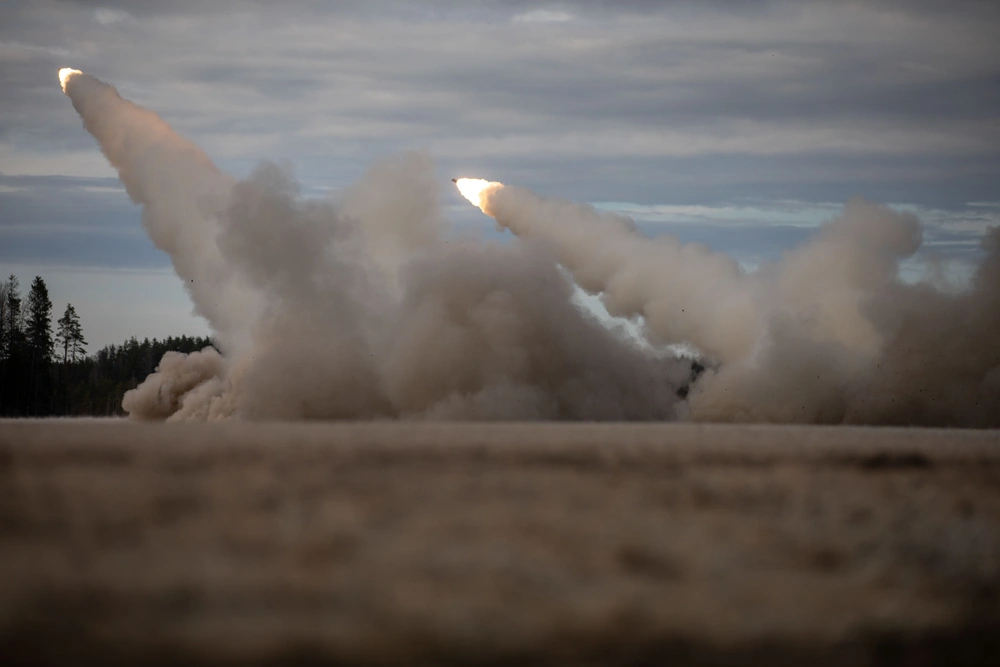
Precision-guided munitions can strike targets with pinpoint accuracy, maximizing effectiveness and reducing collateral damage at the same time. The U.S. military employs a diverse and deep precision-guided munition arsenal. Most often, these munitions are deployed by air against air or ground targets. But there are several munitions designed to be fired from the ground.
In the previous part of the series, we presented the air-to-air and air-to-ground precision-guided munitions in the U.S. military’s arsenal. Now, we’ll cover the surface-to-air and surface-to-surface advanced munitions available to U.S. commanders and policymakers.
Surface-to-Air precision munitions
Evolved Sea Sparrow Missile (ESSM)
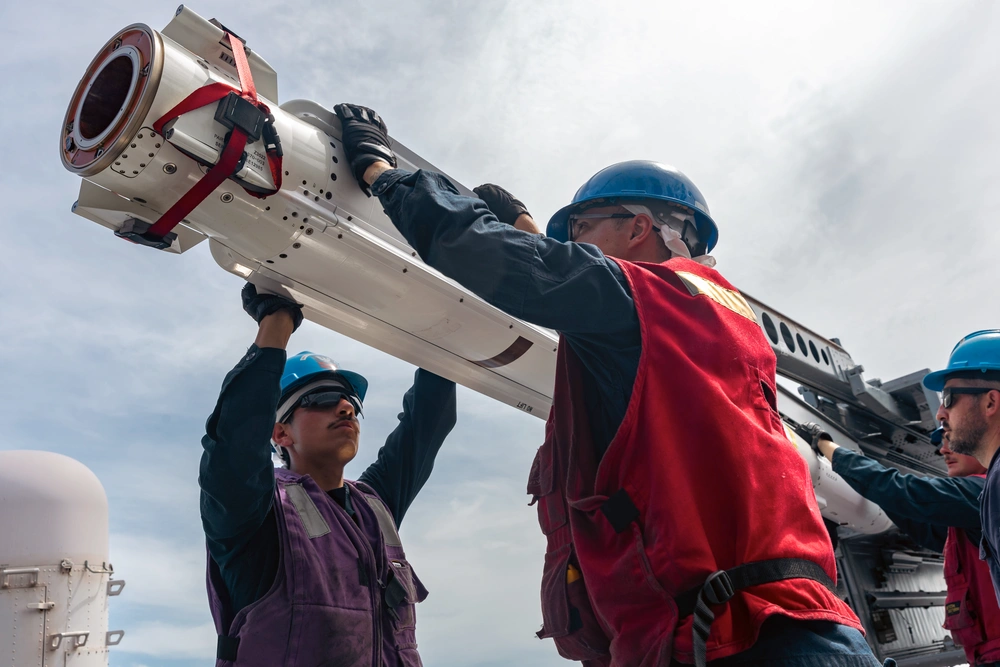
The RIM-162 ESSM is a sea-launched anti-air missile designed to protect warships from incoming fighter jets, missiles, and suicide drones. The munition is based on the venerable AIM-7 Sparrow air-to-air missile. It has a range of approximately 40 miles and travels at extremely high speeds of over 3,000 miles per hour.
Standard Missile-6 (SM-6)
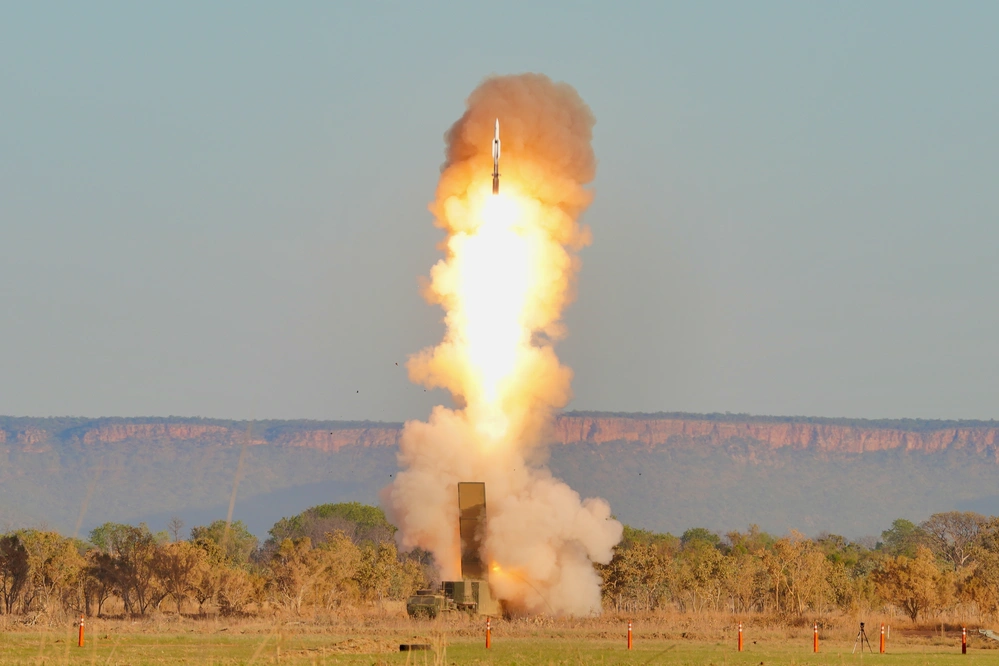
The SM-6, or RIM-174 Extended Range Active Missile (ERAM), is an anti-aircraft munition that can be fired from surface combatants or platforms. It has a range of up to 300 miles and can travel at speeds of 2,600 miles per hour. Its capabilities make it ideal for intercepting aircraft, missiles, and unmanned aerial systems. The Navy is also working on the AIM-174B, an air-to-air variant of the munition, for its fighter jets.
Stinger
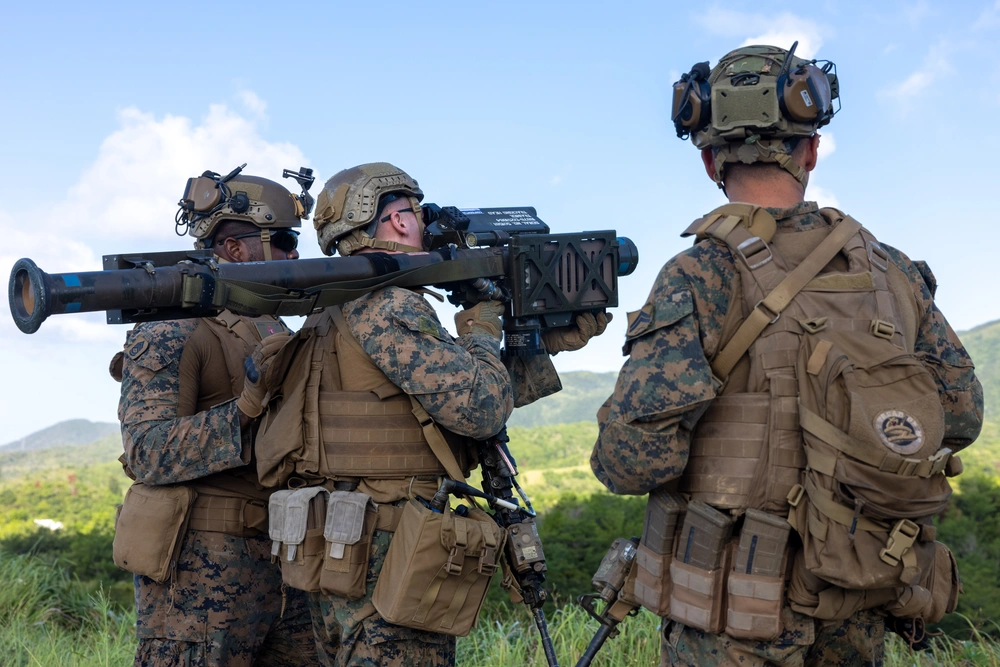
The legendary FIM-92 Stinger is a shoulder-fired anti-aircraft missile. The missile has a range of approximately five miles and can travel at speeds of approximately 1,700 miles per hour. The fire-and-forget missile debuted in the early 1980s and made a difference in the hands of the Mujahideen against the Soviets in Afghanistan. More recently, the Ukrainian military has used the FIM-92 Stinger to prevent the Russians from establishing air superiority over the battlefield in Ukraine.
Related: Ukraine reveals new long-range cruise missile that can strike Moscow
Surface-to-Surface precision munitions
Army Tactical Missile System (ATACMS)
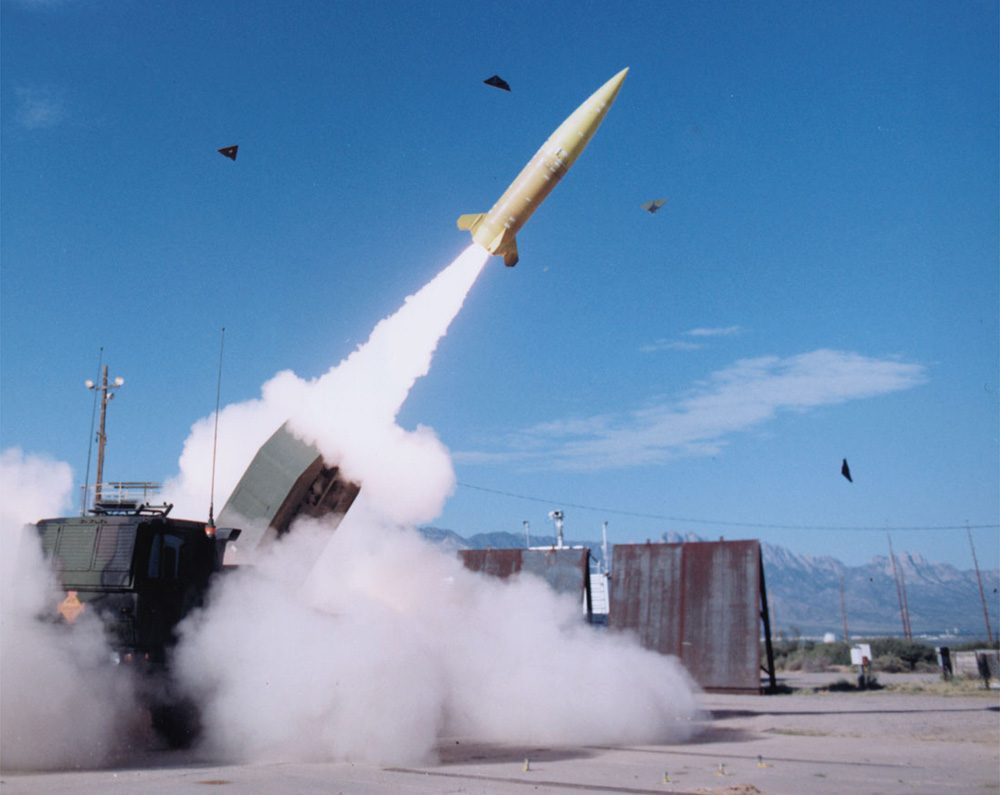
The MGM-140 ATACMS is a ground-launched tactical ballistic missile. Designed and developed in the 1980s, the precision-guided munition is not only still operational, but is also seeing active service in the hands of the Ukrainian forces against the Russian invaders. With a maximum range of approximately 290 miles, the MGM-140 ATACMS is a powerful weapon. It can be fired from the M142 High Mobility Rocket Artillery System (HIMARS) and the M270 Multiple Launch Rocket System (MLRS).
Guided Multiple Launch Rocket System (GMLRS)
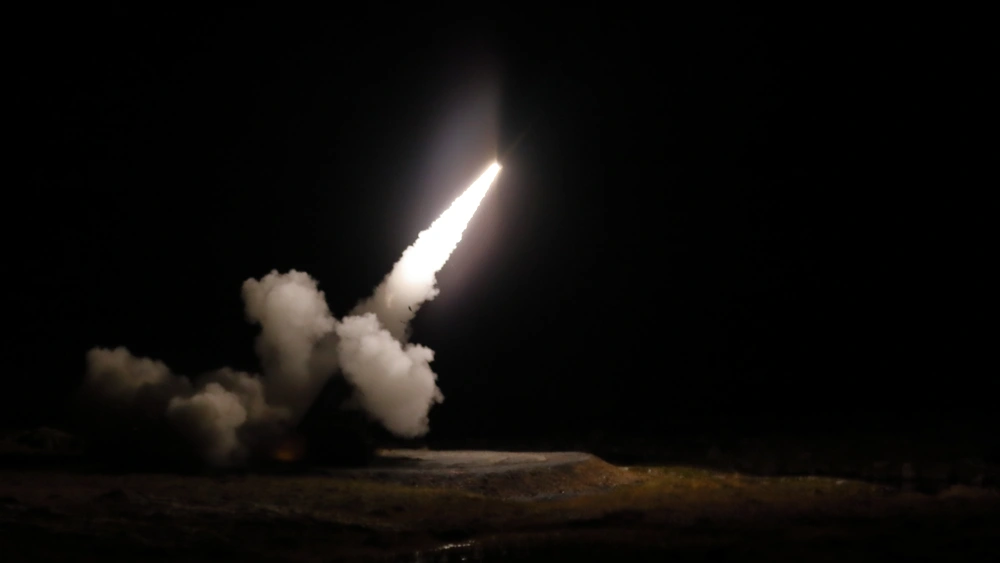
Similar to the ATACMS, the GMLRS is a guided artillery rocket designed for the M142 HIMARS and M270 MLRS. Depending on the variant, the GMRLS has a range of between 43 and 93 miles. The GMLRS can take two main types of warheads: a unitary 200lbs warhead and a fragmentation warhead with submunitions designed for area targeting. Like the ATACMS, the GMLRS has been seeing active service in Ukraine with great results.
Naval Strike Missile (NSM)
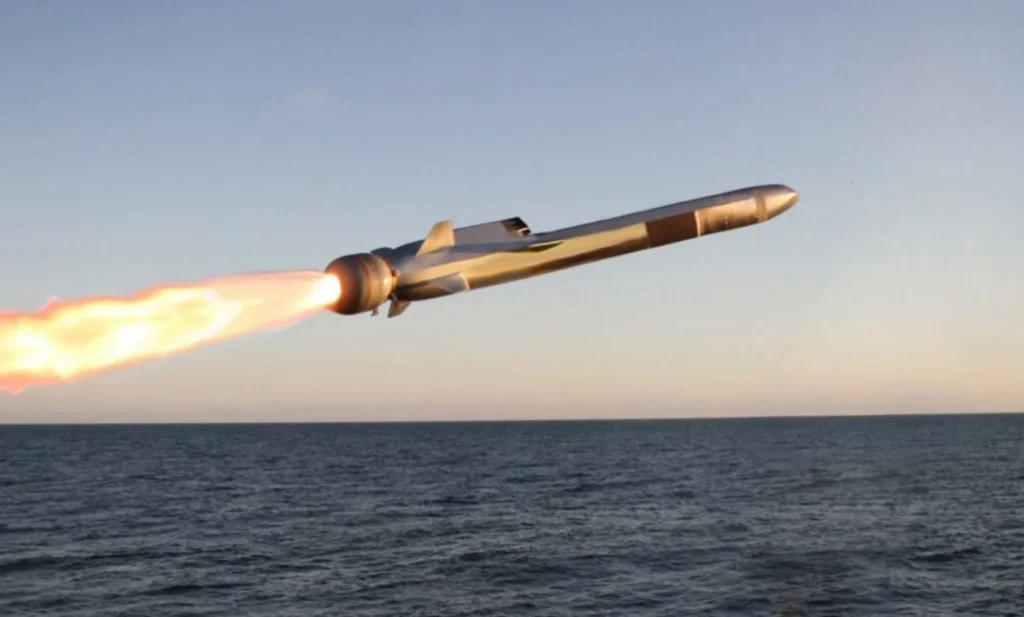
The RGM-184 NSM is a low-observable anti-ship cruise missile. Developed in Norway nearly 20 years ago, the munition has a maximum range of nearly 200 miles and packs a 260lbs warhead. It can be fired from surface combatants and land vehicles. The Air Force is buying an air-launched version of the missile for its F-35 Lightning II stealth fighter jet fleet.
Precision Strike Missile (PrSM)
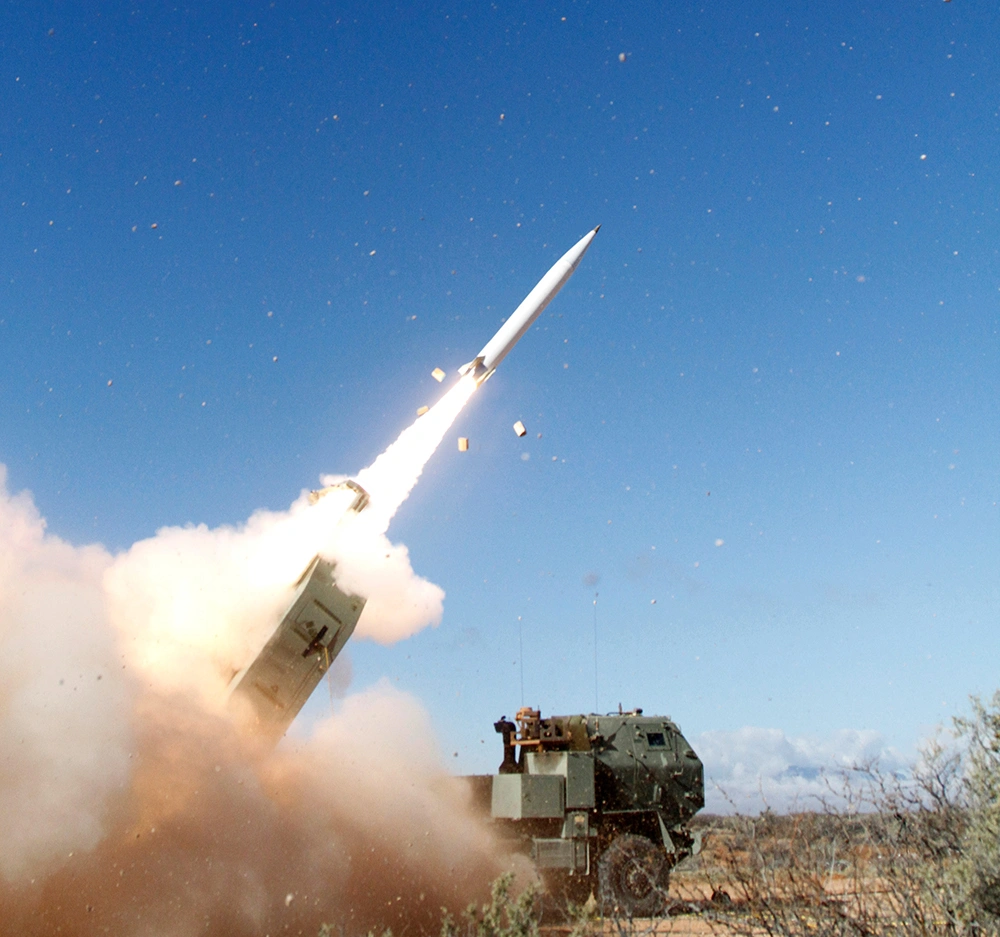
The PrSM is a ground-launched missile designed to replace the MGM-140 ATACMs. This is quite a new munition, having entered service only in 2023. It has an unclassified range of approximately 250 miles and carries a 200lbs warhead. Similar to the ATACMS and GMLRS, the PrSM is designed to be fired from the M142 HIMARS and M270 MLRS. This is a joint Australia-U.S. program.
Tomahawk
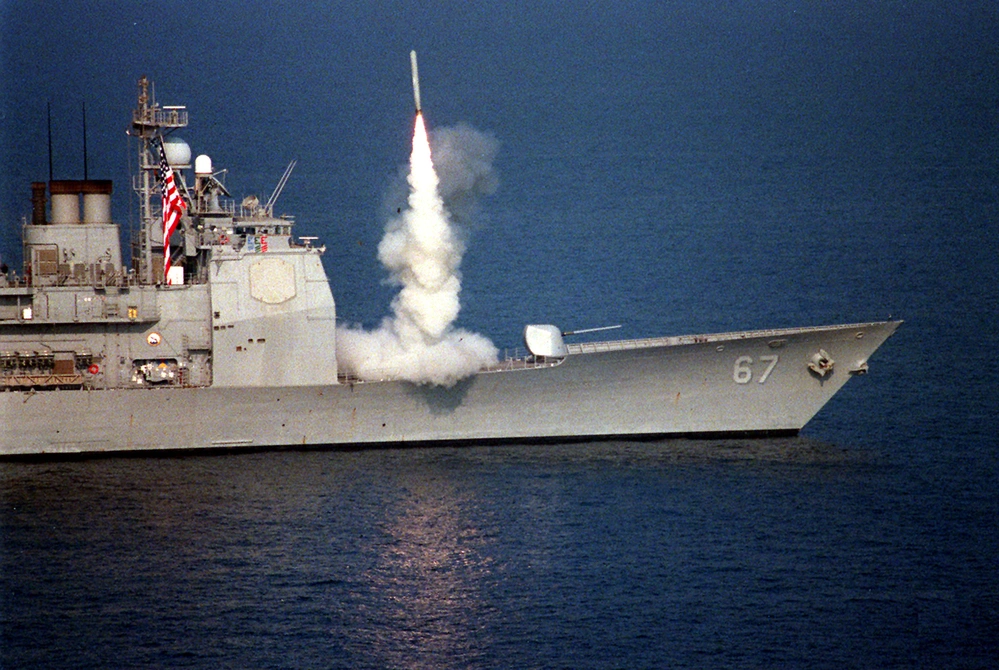
The BGM-109 Tomahawk Land Attack Missile (TLAM) is a cruise missile that can be fired by both submarines and surface combatants. Depending on the variant, the missile can hit targets as far as 1,200 miles away. Once fired, the munition cruises at a maximum of 550 miles per hour, while flying at 100 to 150 feet to avoid detection. There are several warhead options for the Tomahawk, including a unitary, 1,000lbs warhead and a fragmentation one.
The most recent application of the Tomahawk in active service was against Iran’s nuclear program in June as part of Operation Midnight Hammer. A Navy guided-missile submarine fired dozens of missiles against a protected nuclear weapons facility, completely destroying it.
The U.S. Navy also uses Harpoon missiles but they are being phased out.
Editor’s Note: This article has been updated to include the first paragraph.
Feature Image: U.S. Soldiers assigned to Able Battery, 3rd Battalion, 321st Field Artillery Regiment, 18th Field Artillery Brigade, XVIII Airborne Corps, fire a M142 High Mobility Artillery Rocket System (HIMARS) during a live fire exercise at Camp Tapa, Estonia, April 16, 2025. HIMARS provides a reliable and versatile long-range precision fire capability for combat operations. 3-321 FAR, a rotational force supporting V Corps, conducted the HIMARS training in the European Theatre to maintain readiness, develop warfighting capabilities, and increase lethality. (U.S. Army photo by Spc. Jaidyn Moore)
Read more from Sandboxx News
- SOCOM’s new commander is an experienced special operations leader
- The benefits of drones for the Marine Corps
- Energy drinks were the unsung hero of the Global War on Terror
- How much does it cost to train an Air Force pilot? A LOT
- What happened after a parachute opened accidentally during a jump operation
Related Posts
Sandboxx News Merch
-
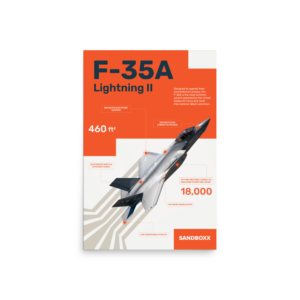
F-35 ‘Lightning’ Poster
$22.00 – $28.00Price range: $22.00 through $28.00 Select options This product has multiple variants. The options may be chosen on the product page -
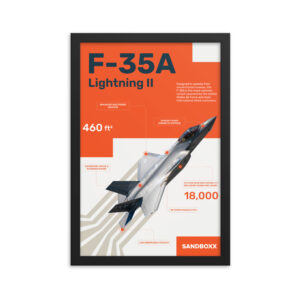
F-35 ‘Lightning’ Framed Poster
$45.00 – $111.00Price range: $45.00 through $111.00 Select options This product has multiple variants. The options may be chosen on the product page -

‘Sandboxx News’ Camo Trucker Hat
$29.00 Select options This product has multiple variants. The options may be chosen on the product page
Stavros Atlamazoglou
Greek Army veteran (National service with 575th Marines Battalion and Army HQ). Johns Hopkins University. You will usually find him on the top of a mountain admiring the view and wondering how he got there.
Related to: Airpower, Gear & Tech

William Pitsenbarger: The commando who died so that others could live
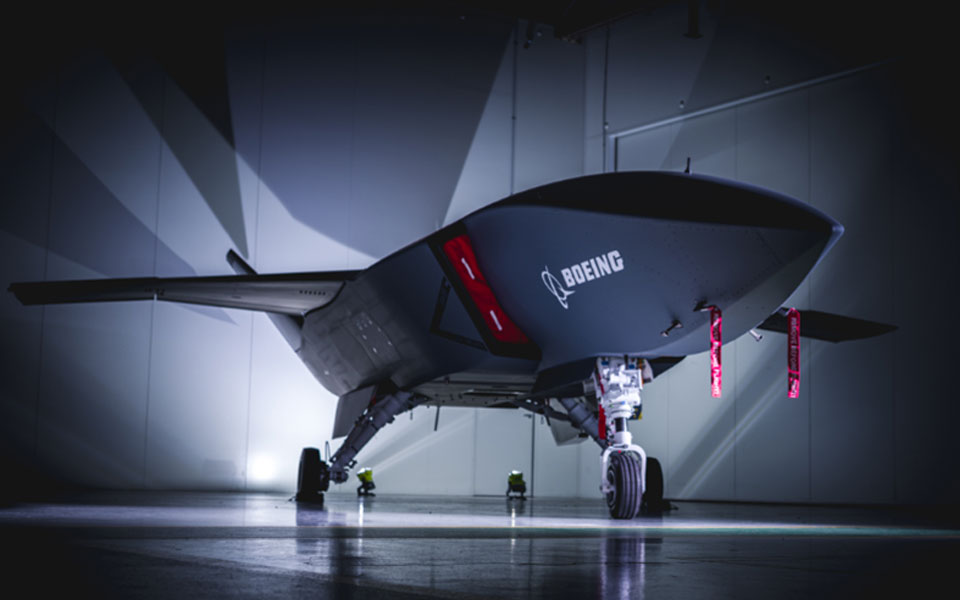
Australia’s first collaborative combat aircraft is closer to full operational deployment
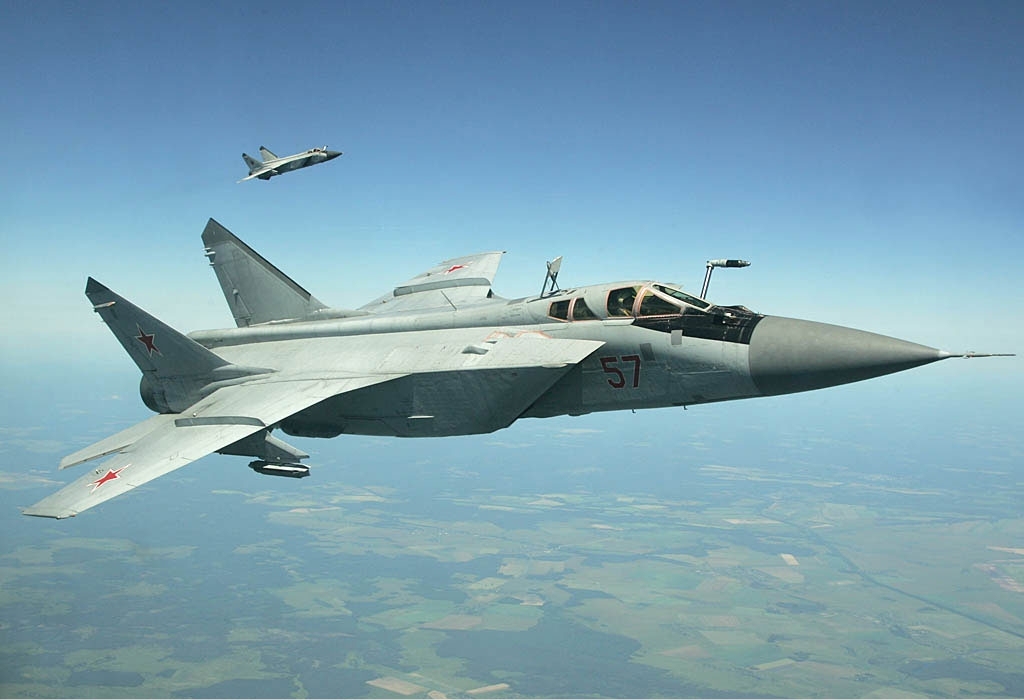
Russian Air Force increases violations of NATO airspace
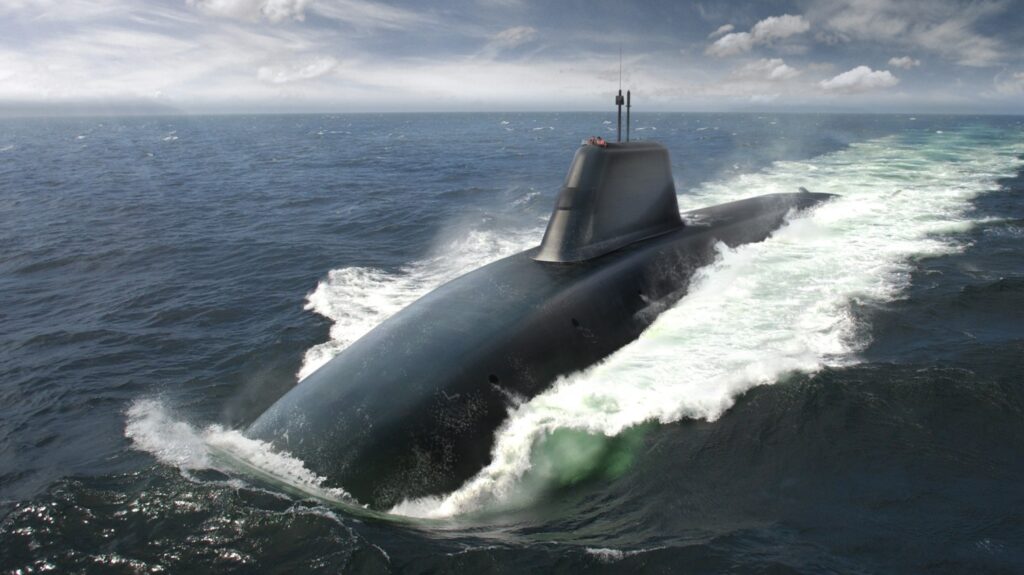
Britain starts construction of its final Dreadnought class nuclear submarine
Sandboxx News
-

‘Sandboxx News’ Trucker Cap
$27.00 Select options This product has multiple variants. The options may be chosen on the product page -

‘AirPower’ Classic Hoodie
$46.00 – $48.00Price range: $46.00 through $48.00 Select options This product has multiple variants. The options may be chosen on the product page -

‘AirPower’ Golf Rope Hat
$31.00 Select options This product has multiple variants. The options may be chosen on the product page -

‘Sandboxx News’ Dad Hat
$27.00 Select options This product has multiple variants. The options may be chosen on the product page
